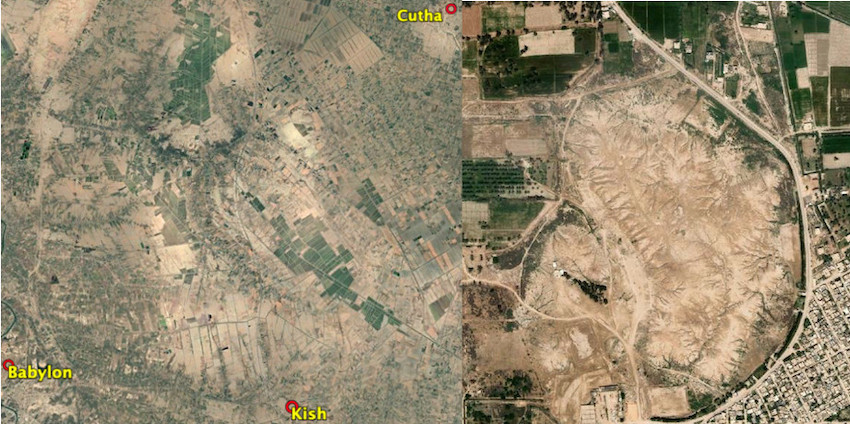Cutha

Cutha (Akkadian Kutû) is a cult center of the god Nergal and the goddess Ereškigal. Some details are known about the topography of this northern Babylonian city, which is identified with modern Tell Imām Ibrāhīm. Ugal-amaru and Nergal-lugal-me-du were Cutha's city walls; Emeslam ("House, Warrior of the Netherworld") and Ešurugal ("House, Great City") were its principal temples; and Euruanki ('House Which Guards Heaven and Netherworld") was its ziggurat. The cella of Nergal — the god of death, pestilence and plague, and the lord of the netherworld — was Eduga ("House of Speaking").
Jamie Novotny
Jamie Novotny, 'Cutha', Babylonian Temples and Monumental Architecture online (BTMAo), The BTMAo Project, a sub-project of MOCCI, [http://oracc.org/btmao/Cutha/]